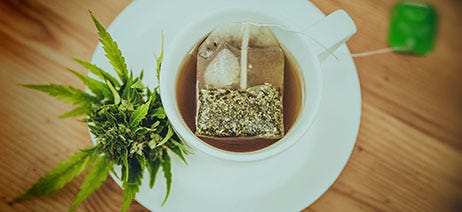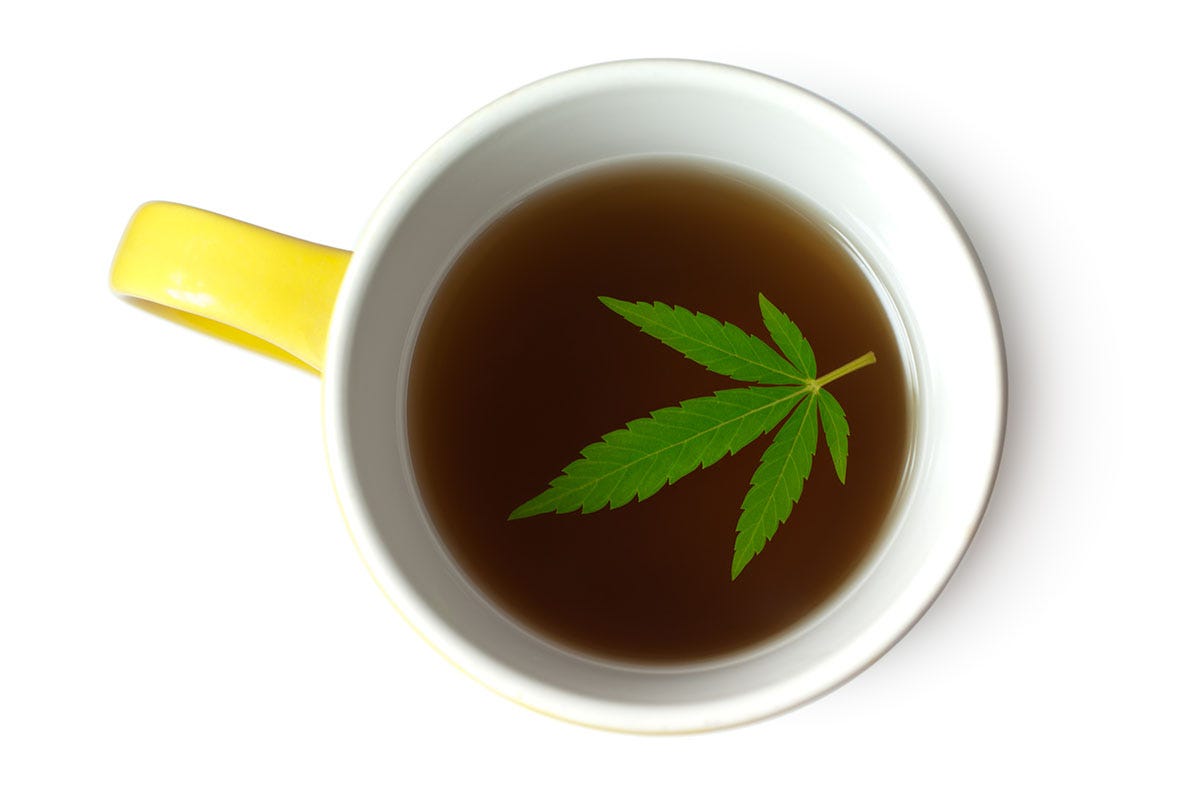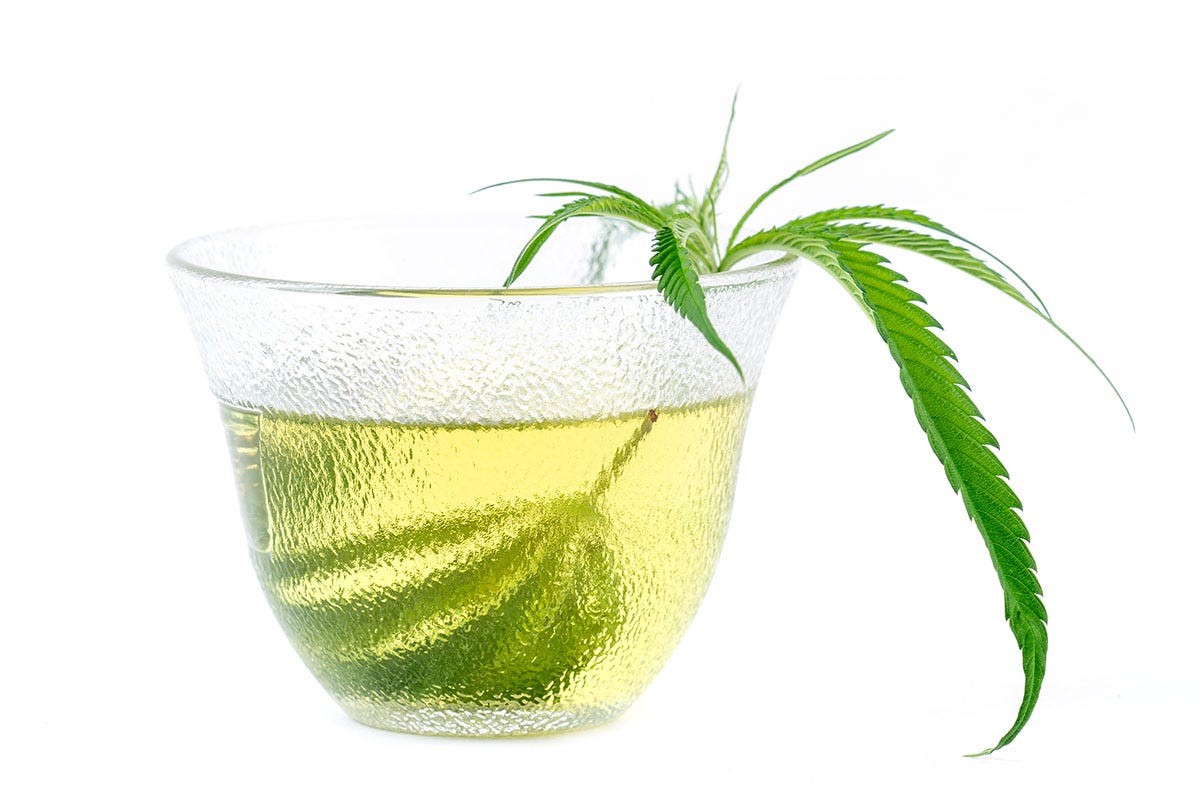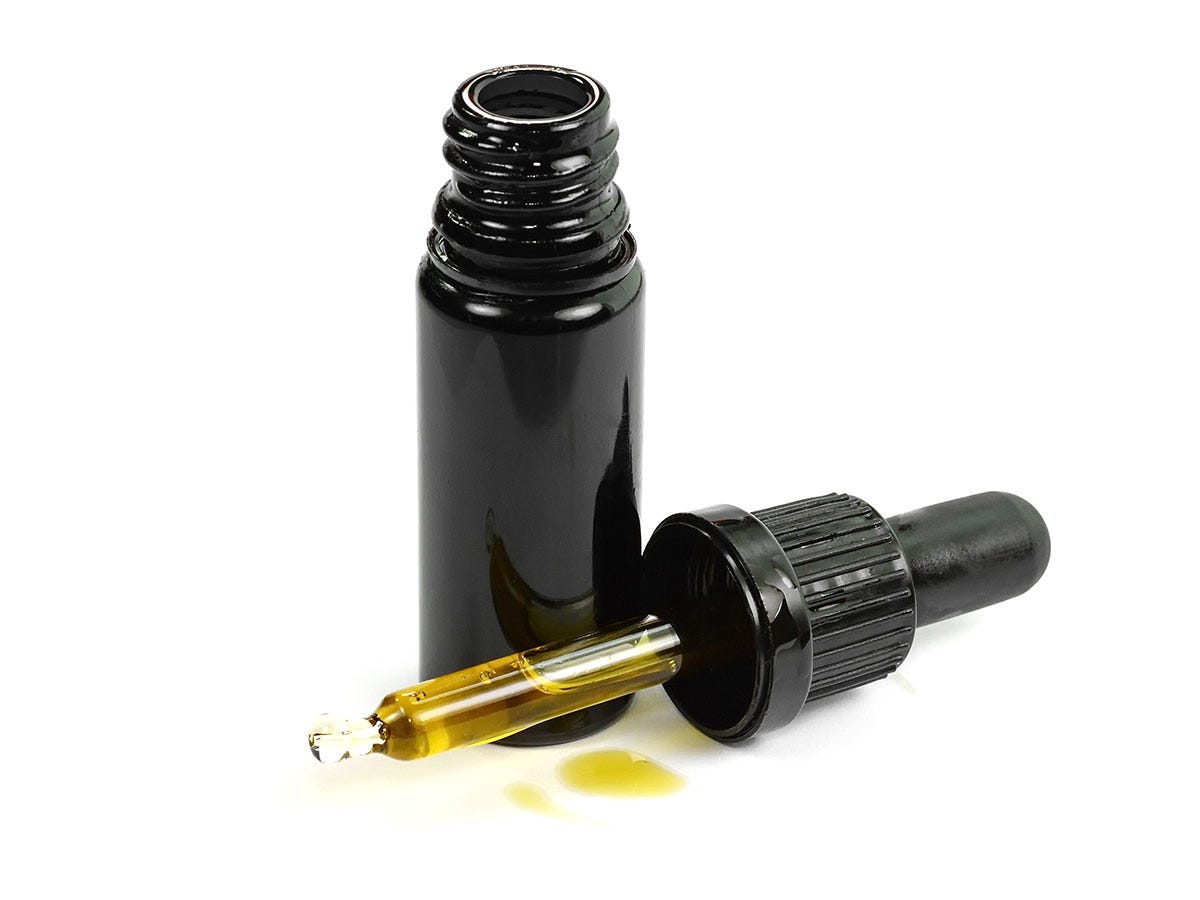
How to Make Cannabis Tea
Cannabis tea is a flavorful and soothing way to experience the benefits of cannabis without smoking or vaping. This ancient preparation of consuming marijuana is now gaining popularity for its versatility and ease of preparation. Whether you’re using flower, stems, or cannabis concentrates, there’s a method to make cannabis tea to suit your taste and preferences.
In this guide on how to make cannabis tea, we’ll cover:
- What Is Cannabis-Infused Tea?
- Cannabis Tea vs. Cannabis Stem Tea: What’s the Difference?
- How to Prepare Cannabis Tea
- Does Cannabis Tea Create a “High”?
- How Long Does Cannabis Tea Take to Work?
- How to Make Marijuana Tea More Potent
- FAQs About Cannabis Tea
What Is Cannabis-Infused Tea?
Cannabis-infused tea is a hot beverage that combines the enjoyable properties of cannabis with the comforting ritual of sipping tea. Cannabis tea is created by steeping decarboxylated cannabis flower in hot water with a bit of butter or coconut oil, allowing the cannabinoids to infuse into the liquid.1 This turns your favorite tea into a delicious, drinkable edible.
THC tea has been consumed for centuries. It’s thought to have been used in Ancient Egypt and is a key ingredient in bhang, a traditional Indian drink made with cannabis, spices, and milk. For your DIY purposes, cannabis tea can be made with any type of flavoring you might regularly enjoy–from Earl Grey to chamomile to rose and honey. It can also be made more potent with the addition of other marijuana products. (More on that below!)


Cannabis Tea vs. Cannabis Stem Tea: What’s the Difference?
While cannabis tea is made using the flower from the plant, cannabis stem tea, as the name suggests, utilizes the stems and other less desirable parts of the marijuana plant.2 The stems contain fewer cannabinoids than the flowers, resulting in a milder infusion. The choice between the two depends on the desired potency and the parts of the plant you have available. A cannabis enthusiast who is allowed to grow their plants might find stem tea is a great option to keep from wasting any part of the plant. If you can’t grow your marijuana, cannabis tea made using flower is likely best.3
How to Prepare Cannabis Tea
Making marijuana tea at home is easy and only requires a few simple steps. Here’s everything you’ll need to get started:
Tools & Ingredients
- 1 gram of cannabis flower
- 1 cup of water
- 1 tablespoon of unsalted butter or coconut oil
- Your favorite tea bags or loose-leaf tea
- A fine strainer, cheesecloth, or coffee filters
- Honey, cinnamon, lemon juice, or flavor enhancer of your choice


How Much Cannabis Do You Need for Tea?
You’ll need 1 gram of cannabis for 1-2 mugs of tea. If your cannabis strain contains 10% THC, this translates to approximately 100 milligrams of THC per gram, so be mindful of your desired potency. For the best flavor and effects, always opt for high-quality flower when preparing your cannabis tea.
Now follow these steps to make a delicious cup of cannabis tea:4
Step 1: Decarboxylate Your Cannabis Flower
Grind your cannabis flower finely and decarboxylate it in an oven at 230°F for about 30 minutes. This process activates the THC, ensuring your tea delivers the desired effects.
Step 2: Boil Water & Add a Fat
Boil one cup of water per mug and add unsalted butter or coconut oil to the pot. This fat is crucial because cannabinoids like THC and CBD are fat-soluble and need something to bind to for maximum effect.
Step 3: Add Cannabis & Tea
Add your tea bag or loose-leaf tea to the boiling water, followed by the decarboxylated cannabis. Use one gram of flower per mug for optimal strength.
Step 4: Simmer
Let the mixture simmer gently for 5-10 minutes. Stir occasionally and avoid boiling, as high heat can degrade cannabinoids and terpenes.
Step 5: Strain
Strain out the flower and tea leaves before pouring them into a mug. Add honey or your favorite flavor booster and enjoy.
Does Cannabis Tea Create a “High”?
Decarboxylated cannabis tea can create psychoactive effects. THC in tea is processed like an edible, leading to a milder and delayed high compared to smoking or vaping.
How Long Does Cannabis Tea Take to Work?
THC tea takes about 30-90 minutes to take effect, depending on your metabolism, stomach contents, and flower potency. Because it’s processed through digestion, the onset is slower than smoking or vaping but longer-lasting. It’s best to wait for the effects to kick in before consuming more.


How to Make Marijuana Tea More Potent
To boost the potency of your cannabis tea, consider incorporating cannabis concentrates or using more potent strains of cannabis flower. Here are a few options to take your tea to the next level:
- Kief: Sprinkle kief into your tea mixture for an extra cannabinoid boost. It’s rich in THC and other cannabinoids, enhancing both potency and flavor.
- Rick Simpson Oil (RSO): For a concentrated dose of cannabinoids, add a small amount of RSO to your tea.
- Tinctures: For precise dosing, drop a pre-measured amount of cannabis tincture into your tea. Tinctures dissolve easily in liquids and conveniently increase potency without significantly altering the flavor.
By combining these options with decarboxylated cannabis, you can create a more potent tea tailored to your desired effects.




FAQs About Cannabis Tea
You might have a few questions like “How to make THC tea?” Here are answers to common questions, or chat with a budtender at your local Verilife dispensary.
How much flower do you need for cannabis tea?
You need 1 gram of flower to make 1-2 mugs of cannabis tea.
Do I need butter or coconut oil to make cannabis tea?
Cannabinoids are fat-soluble and require a fat source like butter or coconut, avocado, or olive oil to bind to for activation.
Do I need to decarboxylate the flower before making tea?
Decarbing is essential to activate the THC and make your canna tea psychoactive.
Can I make cannabis tea with stems?
You can use stems to make cannabis tea, but the tea will be less potent than flower-based tea.
Can I use concentrates to make cannabis tea?
Absolutely! Adding concentrates like RSO, kief, or tinctures can increase the potency of your cannabis tea.
Can I use cannabutter in my tea?
Cannabutter binds to cannabinoids, making it ideal for cannabis tea.5


Make Your Own Cannabis Tea
Making cannabis tea is a simple and rewarding process that gives you a unique way to consume cannabis. Whether you prefer flower, stems, or concentrates, there’s a method to suit your taste and desired potency. Stop by your local dispensary for high-quality cannabis products and advice on making the perfect cup.
Sources
1. “Guide: Best recipes for weed tea,” Leafly, September 28, 2022, https://www.leafly.com/news/lifestyle/how-to-make-cannabis-infused-tea
2. “What is weed tea and how do you make it?” Weedmaps, https://weedmaps.com/learn/products-and-how-to-consume/weed-tea
3. “How To Make Weed Stem Tea In 5 Steps,” Herb, August 8, 2024, https://herb.co/learn/how-to-make-weed-stem-tea-in-8-steps
4. “The Complete Guide to Brewing and Enjoying Cannabis Tea,” Veriheal, March 8, 2024, https://www.veriheal.com/blog/how-to-make-cannabis-tea-step-by-step-guide/
5. “All you need to know about making cannabis tea,” The Cannigma, https://cannigma.com/recipe/cannabis-tea/


